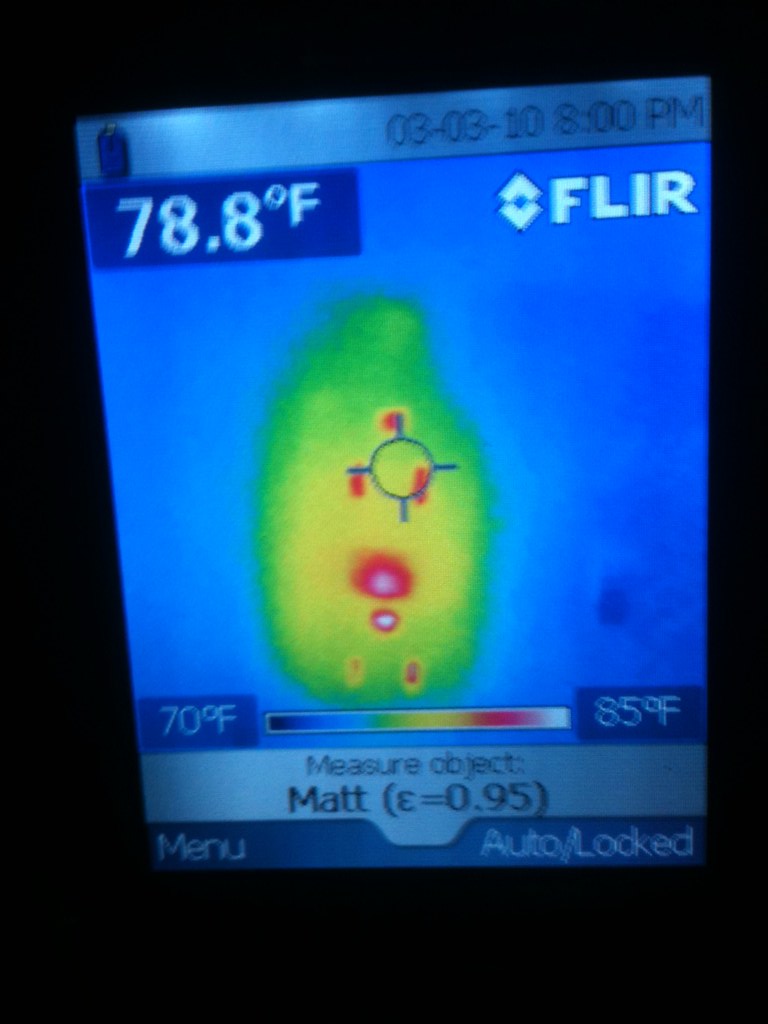bigalpha
Moderator
- Location
- Tucson, AZ
I took this in my kitchen.

It's a GFCI outlet. None of the other outlets in my house look like this - is this indicative of a bad wiring connection or a bad outlet?

It's a GFCI outlet. None of the other outlets in my house look like this - is this indicative of a bad wiring connection or a bad outlet?
